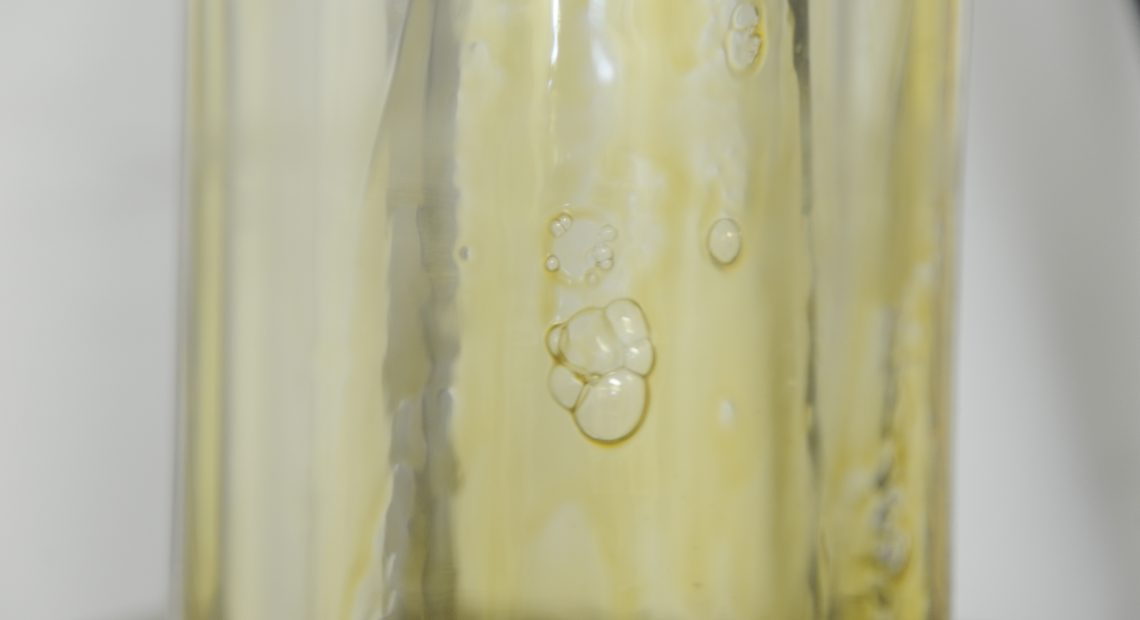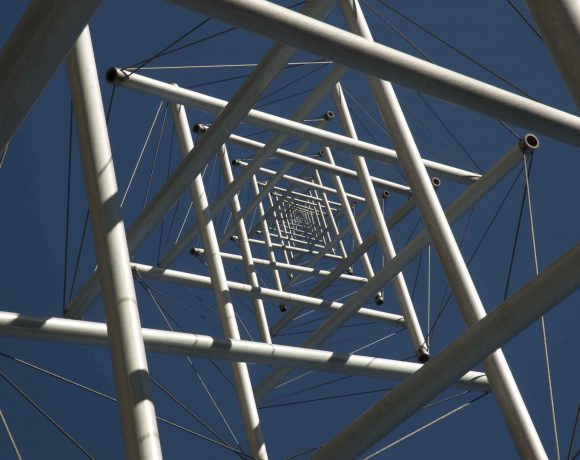By Keith Butler, LifePatent Founder & Lead Hemp Researcher
Only a handful of Cannabis’ 100+ chemical compounds known as cannabinoids have been isolated, scientifically tested, or tapped for their potential healing properties. CBDA (Cannabidiolic Acid), a less widely known cannabinoid than its more familiar CBD or THC counterparts, is often referred to as another therapeutic molecule offered by the versatile hemp plant (Cannabis sativa subspecies).
In reality, CBDA is merely the more acidic precursor molecule of CBD—wholly intact before processing, CBDA contains an additional amino acid (carboxylic acid) that is removed by the heating and aging (decarboxylation) process, that turns CBDA into the better known, and more neutral, CBD. However, unlike CBD (and THC), CBDA itself may not stimulate the endocannabinoid system. Instead, it affects other non-endocannabinoid receptors and enzymes, meaning it may have singularly unique, diverse and even complementary effects on health and wellness.
Compared to CBD, there has been far less research on the beneficial properties of CBDA and its implications for human health. Most studies have been carried out on cell cultures or animal models—as such, this research is considered in its preclinical trial stage. However, despite the preliminary status of these studies, they have been promising enough to encourage pharmaceutical companies to pursue patents in advance of more thorough clinical trials that will seek to verify the medicinal effects of CBDA.[1]
For now, CBDA appears to hold promise in some of the same areas that CBD has earned some of its therapeutic credentials. Exploration into CBDA’s efficacy in treating epilepsy and reducing or eliminating seizures is lagging behind that of CBD’s, but in some states, CBDA is becoming a popular treatment approach for patients with epilepsy.[2] A number of animal studies have also looked at the ability of CBDA to regulate mood and anxiety, specifically to reduce nausea and vomiting. Such studies have suggested that CBDA might even be more effective at reducing vomiting compared to CBD, including ‘anticipatory nausea’ which is linked to anxiety.[3]Like CBD, it also has been found to show anti-inflammatory potential by inhibiting key enzyme receptors responsible for inflammation and pain, which also suggests CBDA’s potential future role as a pain-relieving analgesic.[4]CBDA may also bear the potential to limit the proliferation, or metastasis, of aggressive cancer cells.[5][6]And while CBD’s calming influence as an anti-anxiety remedy is well-documented, CBDA shows its mood-altering properties and anti-depressant effects at a dose 10-100 times smaller than CBD.[1]

Although not yet replicated in humans, these early studies serve as important markers and encouraging indicators in our quest to unlock the full power and potential of the hemp plant. Although most research into the clinical effects of cannabinoids to date has focused on the non-acidic forms, new interest is driving investigations into the distinct physiological effects of acidic cannabinoids, like CBDA.
Because Cannabis is one of the oldest known medicinal plants which produces pharmacologically-important compounds, it is not at all surprising that focused efforts to unlock the potential of CBD in its rawest form (CBDA) are underway. CBDA does require a careful extraction process, which can be expensive and accounts for the lower availability of CBDA in the marketplace. But the good news is that dosing with CBDA can be lower because it is efficiently and effectively metabolized, resulting in the magnification of CBD levels in the human body.[2] CBDA’s bioavailability may lend to its desirability as a therapeutic complement to its more neutral cannabinoid counterpart, working hand-in-hand to enhance the delivery of benefits currently associated with CBD-only remedies.
LifePatent is an innovative research company focused on unlocking the natural medicinal properties of hemp. We are dedicated to advancing the science behind the growth, extraction and application of hemp cannabinoids for healthier living. Our focus on quality control, 3rdparty analysis, and cGMP-compliant manufacturing standards ensures our hemp products are the most pure, effective, safe and consistent in the marketplace. For more information, visit us at LifePatent.com.
*These statements have not been evaluated by the Food and Drug Administration. LifePatent products are not intended to diagnose, treat, cure or prevent any disease.
[1]Shbiro, L., Hen-Shoval, D., Hazut, N., Zalsman, G., Mechoulam, R., Weller, A., & Shoval, G. (2017). Anti-depressant-like effects of cannabidiol and cannabidiolic acid in genetic rat models of depression. European Neuropsychopharmacology,27(4), S783-S784.
[2]Ujvay, I., & Hanus, L. (2016). Human metabolites of cannabidiol: A review on their formation, biological activity, and relevance in therapy. Cannabis and Cannabinoid Research, 1.1, 90-101. doi:10/1089/can.2015.0012
[1]See, for example, CBDA patent for treatment of epilepsy: https://patents.google.com/patent/WO2017025712A1/en
[2]Sulak, D., Saneto, R., Goldstein, B. (2017). The current status of artisanal cannabis for the treatment of epilepsy in the United States. Epilepsy & Behavior. Available at: http://www.cannabisactiva.com.ar/estudios_pdf/the_current_status_of_artisanal_cannabis_for_the_treatment_of_epilepsy_in_the_united_states.pdf
[3]Bolognini, D., Rock, E. M., Cluny, N., Cascio, M. G., Limebeer, C. L., Duncan, M., Stott, C. G., Javid, F. A., Parker, L. A., & Pertwee, R. G., (2013). Cannabidiolic acid prevents vomiting in Suncus murinus and nausea-induced behavior in rats by enhancing 5-HT receptor activation. British Journal of Pharmacology, 168(6), 1456-1470.
[4]Takeda, S., Misawa, K., Yamamoto, I., & Watanabe, K. (2008). Cannabidiolic acid as a selective cyclooxygenase-2 inhibitory component in cannabis. Drug Metabolism and Disposition, 36(9), 1917-1921.
[5]Takeda, S., Okajima, S., Miyoshi, H., Yoshida, K., Okamoto, Y., Okada, T., Amamoto, T., Watanabe, K., Omiecinski, C. J., & Aramaki, H. (2012). Cannabidiolic acid, a major cannabinoid in fiber-type cannabis, is an inhibitor of MDA-MB-213 breast cancer cell migration. Toxicology Letters, 214(3), 314-319.
[6]Takeda, S., Okazaki, H., Ikeda, E., Abe, S., Yoshioka, Y., Watanabe, K., Aramaki, H. (2104). Down-regulation of cyclooxygenase-2 (COX-2) by cannabidiolic acid in human breast cancer cells. Journal of Toxicological Science, 39(5), 711-716.
[7]Shbiro, L., Hen-Shoval, D., Hazut, N., Zalsman, G., Mechoulam, R., Weller, A., & Shoval, G. (2017). Anti-depressant-like effects of cannabidiol and cannabidiolic acid in genetic rat models of depression. European Neuropsychopharmacology,27(4), S783-S784.
[8]Ujvay, I., & Hanus, L. (2016). Human metabolites of cannabidiol: A review on their formation, biological activity, and relevance in therapy. Cannabis and Cannabinoid Research, 1.1, 90-101. doi:10/1089/can.2015.0012














